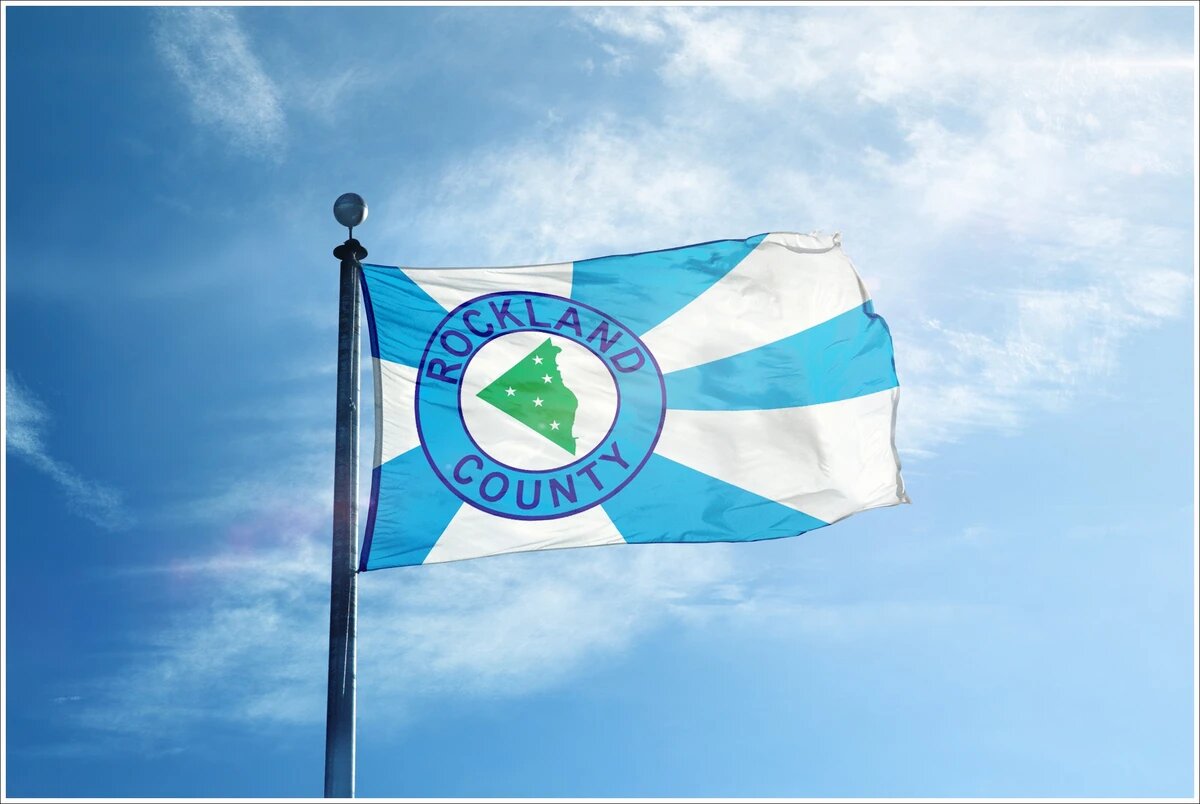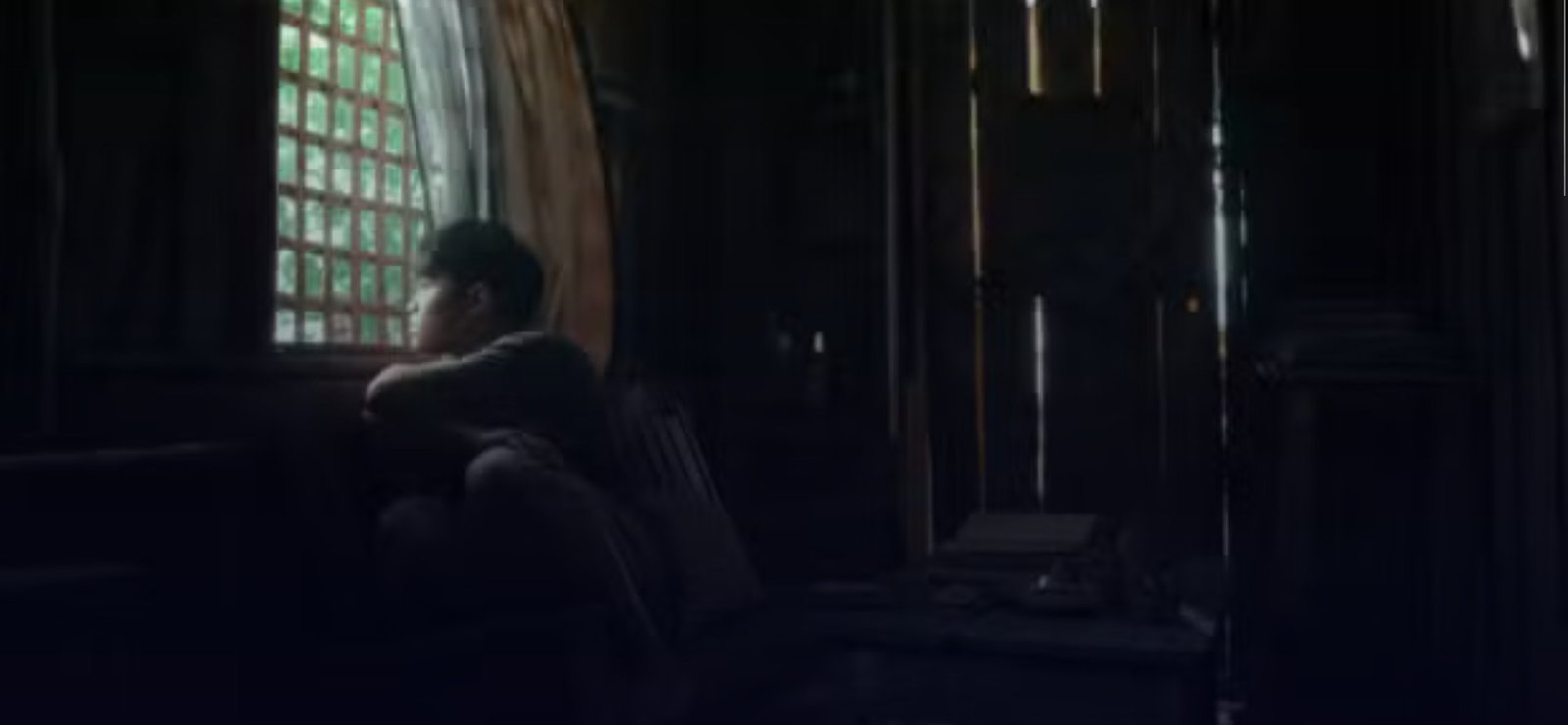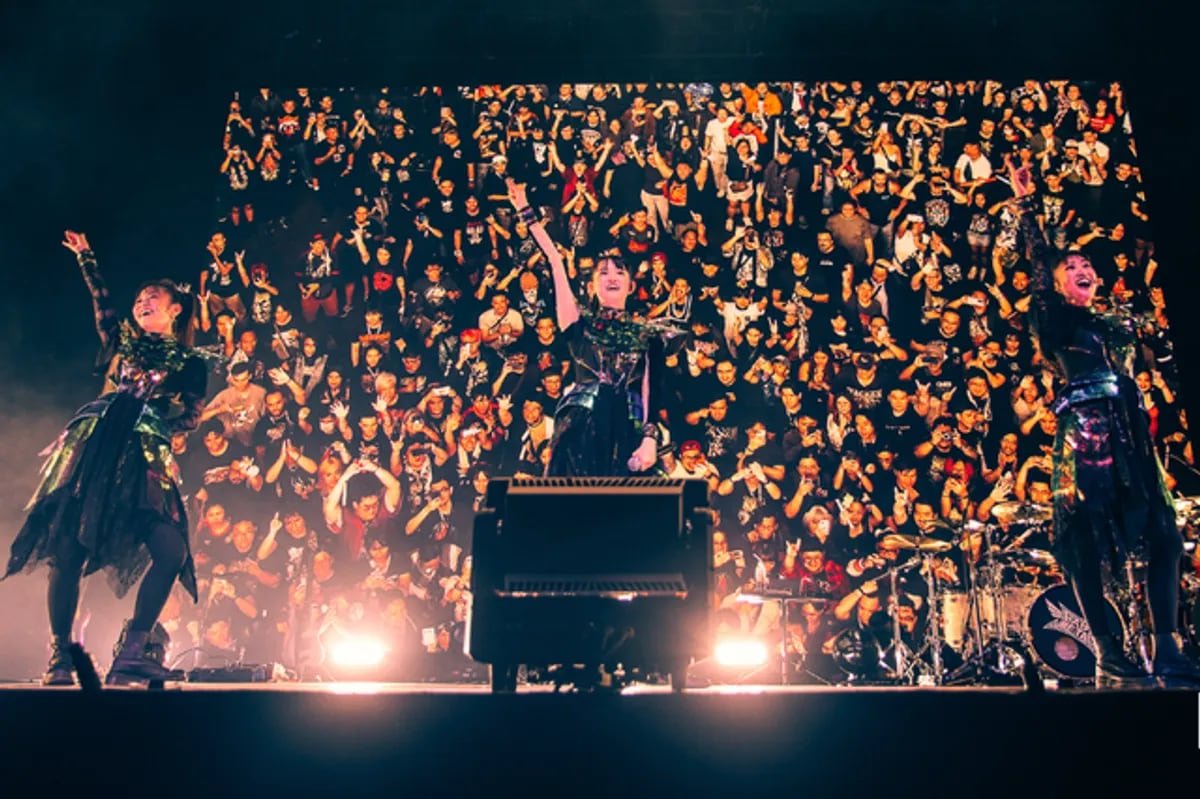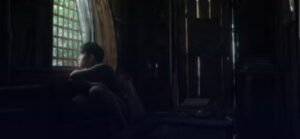This is the story of a street named Bataan Rd. Inanimate though it is, it is a street that helped to define a community of 50,000 soldiers during WWII and would inspire and motivate the troops that took part in the D-Day Invasion, 81 years ago this week.
In September 1942, construction began in Orangeburg, NY for Camp Shanks, which would become the nation’s largest Embarkation Camp, one through which 1.3 million soldiers would pass before being sent to Europe to fight Germany and its Axis allies. When it opened a few months later, it was large enough to hold 50,000 troops at any one time. To prevent soldiers from getting lost, the streets were given the prosaic names of numbers and letters of the alphabet. That is, all the streets except two; the aforementioned Bataan Road, and Victory Roads. And Bataan Rd took you to Victory.
Bataan Road was named after the Battle of Bataan, a battle which ended in defeat for the US in the Spring of 1942. So, why in the world would Camp Shank’s planners name a street after such a battle? The country had plenty of military victories during its illustrious history. Why not name the street after one of them?
The answer is that despite ending in defeat, the behavior and attitude exhibited by the troops who fought in the Battle of Bataan would become the guideline for the soldiers to follow in order to achieve ultimate victory.
Although now largely forgotten, the Battle of Bataan was one which captured the imagination of the American public. Just a few short hours following their successful sneak attack on Pearl Harbor, Japanese planes attacked the Philippines, which at the time was an American territory, inflicting severe damage. Roughly 15,000 Americans and 60,000 Filipinos, all members of the US Armed Forces, were forced to retreat into the Bataan Peninsula, a strong defensive position. In addition, 13,000 US troops defended the nearby island fortress of Corregidor. But the US contingent was largely unprepared for a prolonged battle, using antiquated weapons and having insufficient food and medical supplies. The Japanese, on the other hand, were battle-hardened and had overwhelming superiority as far as weaponry and supplies were concerned. The Nipponese troops, being close to their homeland, could easily be resupplied. In contrast, the Americans and Filipinos were cut off from the rest of the US military. Nobody was coming to their aid. Their defeat was a forgone conclusion.
With America’s sudden entrance into WWII, the situation called for heroes to inspire the nation. Despite their forlorn situation, the Filipino-American forces in the Philippines fit the bill perfectly.
The story of Bataan was described by the press to the Homefront as a battle in which the Fil-Am troops, with their backs against the wall, outgunned, starving, and ill from tropical disease, kept fighting. Through sheer courage and grit, they continued to deny the Japanese the victory that they so badly needed to achieve their greater strategic goals – the conquest of all of the Southwest Pacific and Southeast Asia.
Here are a few examples of the headlines that appeared daily in US newspapers:
“Filipinos Laugh at Jap Demands for Surrender”
“Bataan: A New and Glorious Page For America”
“Japanese Suicide Force Annihilated in Bataan”
In early March of 1942, articles in Time and Life magazines reported that the troops on Bataan (including over 90 female nurses, most of whom were stationed on the frontlines) had begun reciting the following limerick:
“We’re the Battling Bastards of Bataan, No mama, No papa, No Uncle Sam.”
They were voicing their fatalistic resentment that they were abandoned by their country, but were going to give as good a show as humanly possible, even if it meant fighting to the very last man.
At the time, the use of the word Bastard was considered profanity and disallowed from public discourse. However, the phrase “The Battling Bastards of Bataan” was given a pass from the moral code restrictions and generally permitted in print media and most other settings.
Eventually, Bataan fell, but in defeat a symbolic victory was achieved by the Battling Bastards of Bataan. The Japanese high command had initially anticipated, in fact demanded of their generals, that the Philippines be conquered within 55 days so as to allow them to concentrate their attention and resources on other military objectives. However, Bataan held out until April 9, 1942, and Corregidor nearly a month later. Indeed, it took the Japanese over 150 days to defeat the Filipino-American force. That delay was critical in that it gave America much needed time to rev up its military engine and get ready to fight the long war it was facing. Many believe that by getting tied up those extra 100 days in the Philippines, Japan lost its chance to expand its conquests into India and Australia.
The shock that the Fall of Bataan had on the American Homefront was immense. Headlines like, “Bataan Told Us How to Win the War”, and “The Defenders of Bataan Will Be Immortal” appeared throughout the country. Americans began to realize that they were facing a long, drawn-out war and that many sacrifices would be necessary if victory was to be achieved.
Which brings us back to the original question, “Why did they name Bataan Road after a battle that ended in defeat? Perhaps the most concise and insightful explanation was given by Franklin Delano Roosevelt, President and Commander-in-Chief of the US Armed Forces. In a letter he sent to General Jonathan Wainwright just before the surrender of Corregidor, FDR stated the following:
“Despite the handicaps and complete isolation, lack of food, and ammunition, you have given the world a shining example of Patriotic Fortitude and Self-Sacrifice, …. and Tenacity and Steadfast Courage. You set a Standard of Duty for our soldiers throughout the world. In every Camp and every Naval Vessel, soldiers, sailors and marines are Inspired by the Gallant Struggles of Their Comrades in the Philippines. Workers in our Shipyards and Munitions Plants Redouble Their Efforts Because of Your Example. YOU HAVE BECOME THE LIVING SYMBOL OF OUR WAR AIMS AND THE GUARANTEES OF VICTORY.”
The planners of Camp Shanks, following through on FDR’s message that the courage and fortitude of the troops of Bataan would serve as the beacon that would direct the American people, both civilian workers and troops to victory, named those two streets Bataan Road and Victory Road, and laid them out in such a way that Bataan led to Victory.
On June 6, 1944, when the Americans attacked the German fortifications of Normandy, France, 75% of those troops had gone through Camp Shanks and had marched on Bataan Road. Then, months later, during the Battle of the Bulge, under snowy and freezing conditions, cut off from supplies and ammunition, a contingent of American paratroopers stubbornly and courageously held off a vastly stronger German force from capturing the strategically vital juncture of Bastogne. Although they were eventually reinforced, those troops thwarted the German offensive, and Hitler’s last chance to hold back the Allied thrust into Germany collapsed. The troops that kept Bastogne from the Germans were from the 101st Airborne Division, who had been stationed at Camp Shanks before being shipped overseas. They too had marched on Bataan Rd. on their way to Victory. When faced with a seemingly insurmountable situation at Bastogne, they had achieved victory by living up to the standards of courage, tenacity and fortitude set down by the Battling Bastards of Bataan
Proud of what they had accomplished, these men began calling themselves the Battling Bastards of the Bastion of Bastogne (later refined to Battered Bastards of Bastogne), a clear take-off on the moniker of those who fought the Japanese on Bataan, 3 years earlier. And because of their tremendous accomplishment, and in recognition of their gallantry, the public and press permitted them to be the only other group of soldiers during the war to include the word Bastard in their nickname
Bataan Road was World War II’s nexus between the Pacific and European Theatres of Operation. It was where the example of fortitude and courage of the Battling Bastards of Bataan became the road map to victory for the troops who were to be sent to Europe to fight Hitler.
Ironically, Bataan Road is the only street from Camp Shanks that is still in existence. It remains an integral part of the Orangeburg community. Should you pass by, listen closely for you may be able to imagine hearing the tramping of the troops’ boots marching to Victory Rd. And beyond that, take a moment to seriously ponder the fact that the price paid for our freedom was the blood shed by those soldiers who journeyed from Bataan Road to the beaches of Normandy, throughout Europe, on the way to victory.












